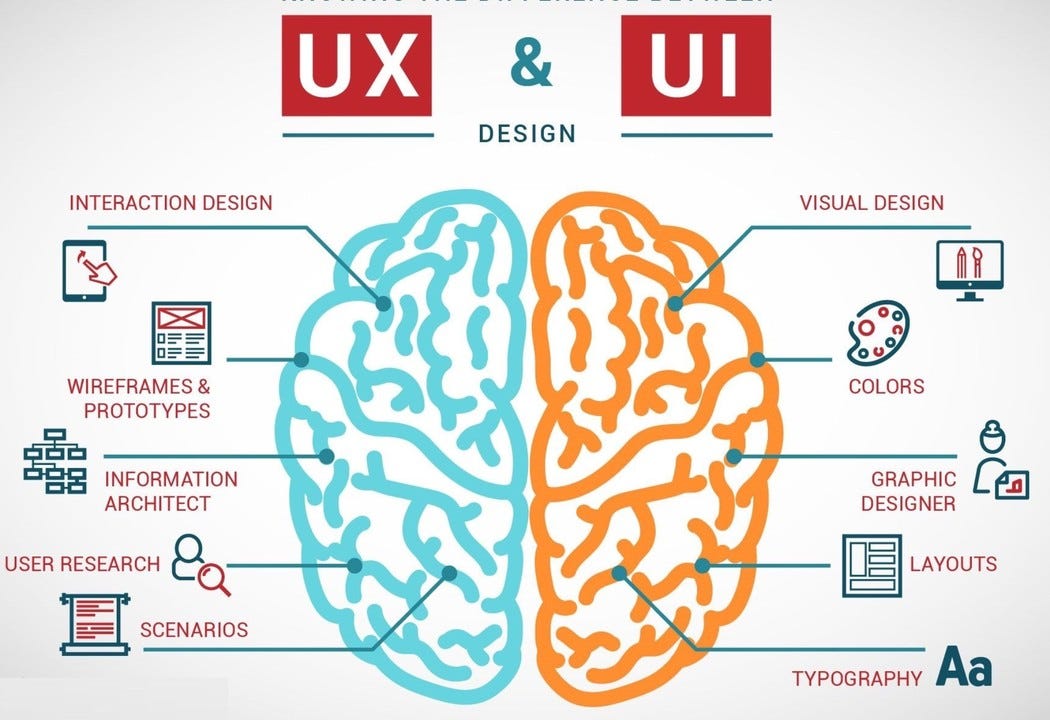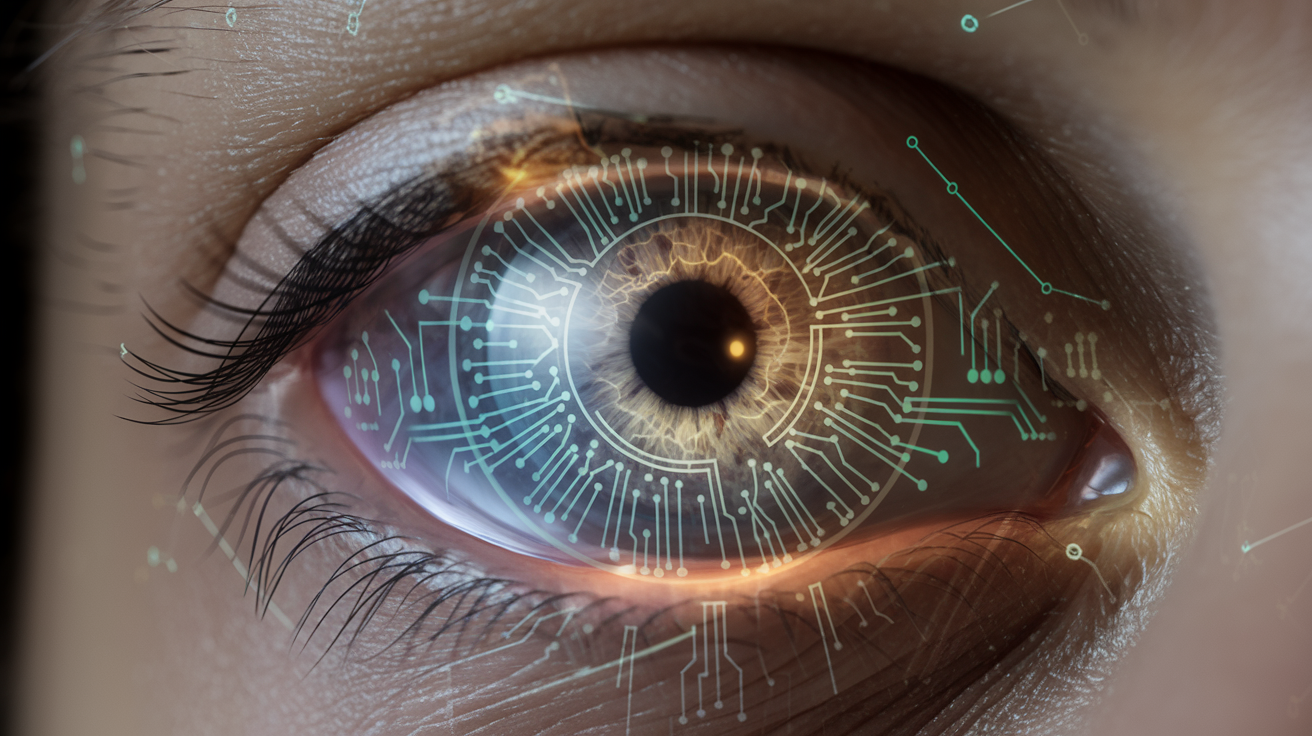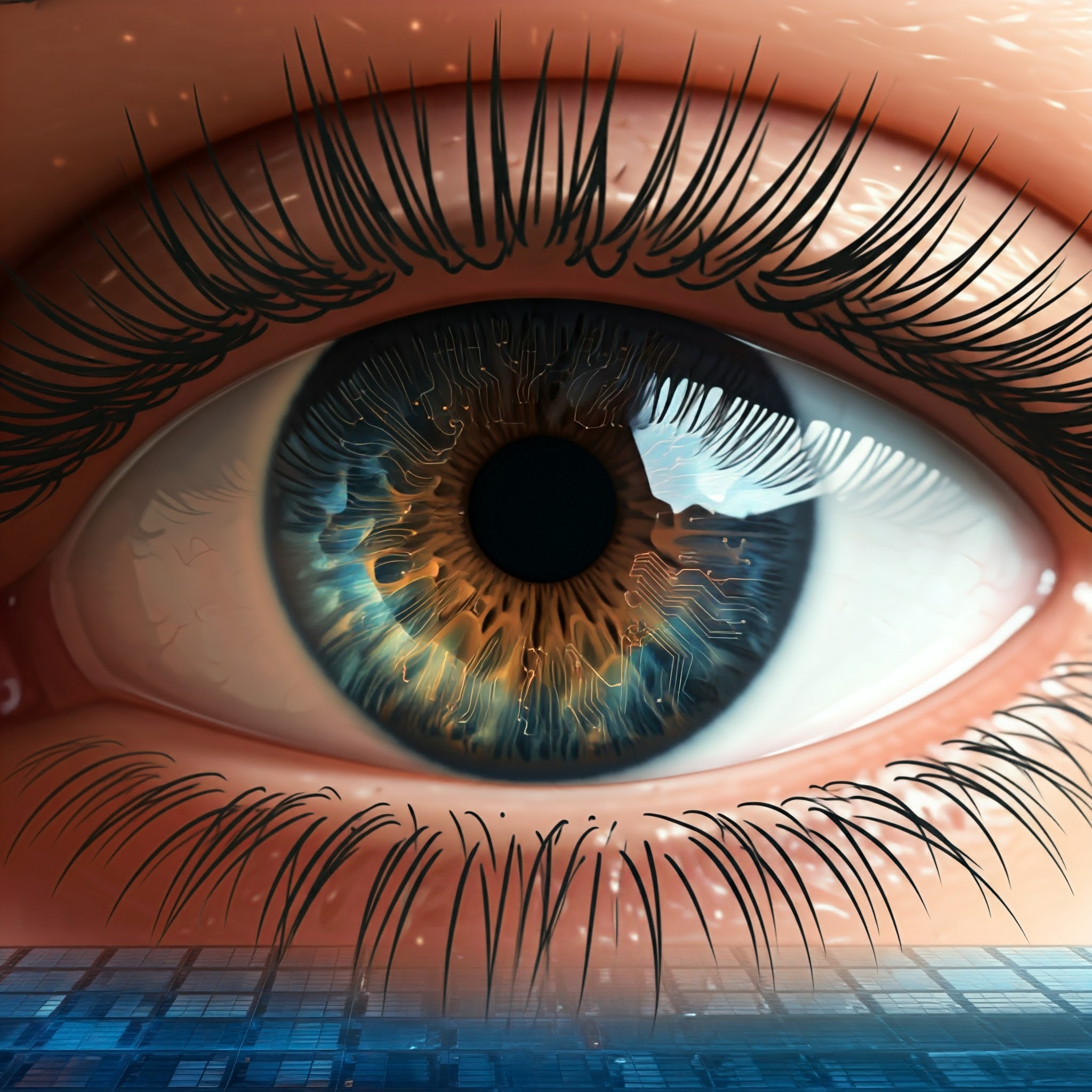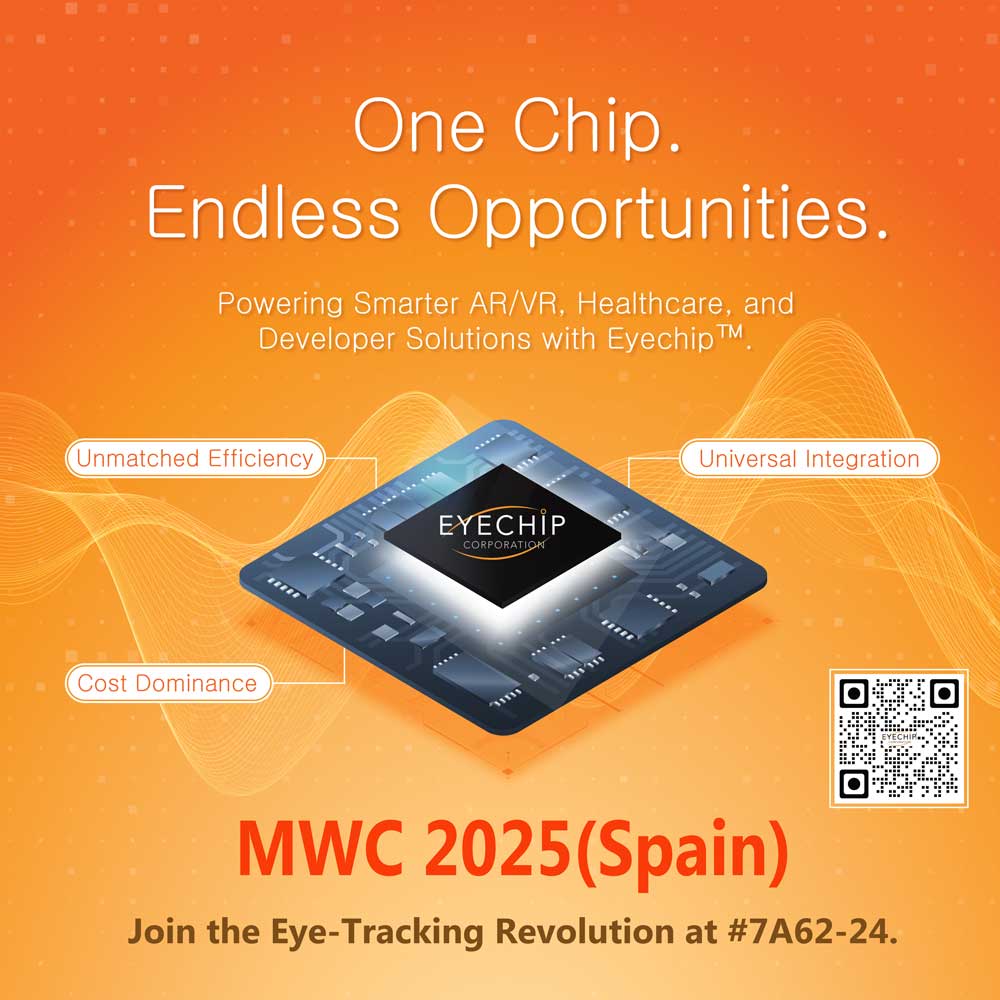In the world of user experience (UX) design, understanding how users interact with interfaces is paramount. But what if we could go beyond traditional methods like surveys and focus groups and actually see where users are looking? That’s where CMOS-based eye tracking technology comes in, offering a powerful tool for unveiling the language of the gaze.
Beyond the Surface:
Traditional UX testing methods rely on explicit feedback, which can be subjective and prone to biases. Research like the one published in Behavior Research Methods, 2022 titled “A Review of Eye Tracking in Usability Testing: Best Practices and Future Directions” highlights the value of implicit measures like eye tracking, which provide objective data on user attention and behavior.
Seeing the Unseen:
CMOS-based eye tracking allows us to:
- Identify areas of confusion: See where users struggle to navigate the interface, pinpoint confusing elements, and understand how users process information visually.
- Optimize content placement: Analyze gaze patterns to determine where users naturally look and strategically place key elements for optimal visibility and engagement.
- Evaluate emotional response: Gauge user sentiment based on factors like pupil dilation and blinking patterns, helping to ensure a positive and engaging user experience.
Designing for Users, not Assumptions:
By incorporating eye tracking into the UX design process, we can shift from assumption-based design to data-driven design:
- User-centered design: Design decisions are based on actual user behavior, ensuring the final product truly meets their needs and expectations.
- Iterative optimization: Identify areas for improvement early and efficiently, leading to more user-friendly and effective interfaces.
- Enhanced user empathy: Gain deeper insights into user behavior, fostering an empathetic design approach that prioritizes the user experience at every stage.
The Future of UX Design:
As CMOS technology advances, eye tracking is poised to become an even more powerful tool for UX professionals. The future holds promise for:
- Real-time insights: Gather eye tracking data in real-time, enabling immediate adjustments and facilitating a more dynamic design process.
- Advanced data analysis: Leverage machine learning and AI to extract deeper insights from eye tracking data, uncovering hidden patterns and user preferences.
- Accessible and affordable solutions: As technology matures, we can expect more affordable and accessible eye tracking systems, allowing wider application across various industries.
The Voice of the User Amplified:
By employing CMOS-based eye tracking, we can truly listen to the voice of the user through their gaze. This technology empowers UX professionals to create intuitive, user-friendly interfaces that meet the needs and expectations of all users. By prioritizing user-centered design and ethical data practices, we can unlock the true potential of eye tracking and shape a future of technology that is inclusive and empowering for everyone.






